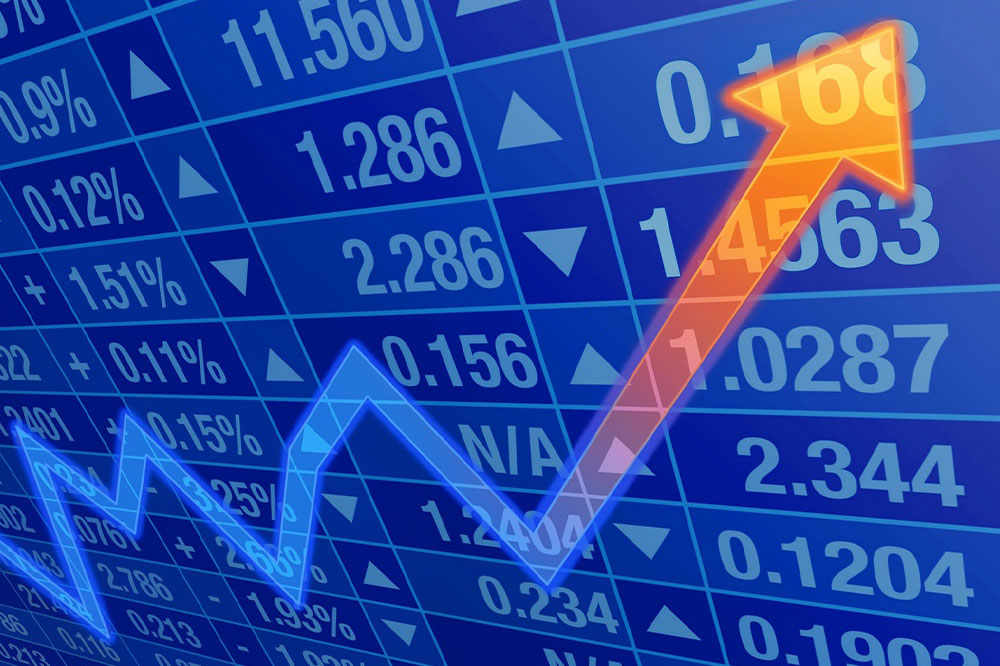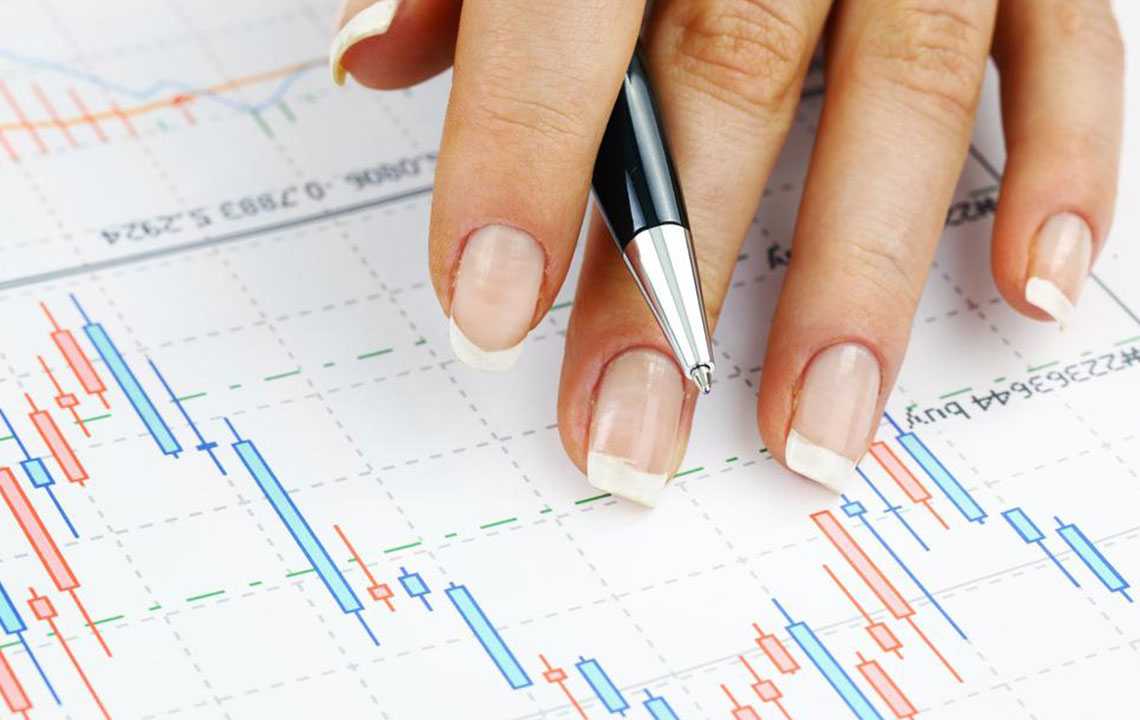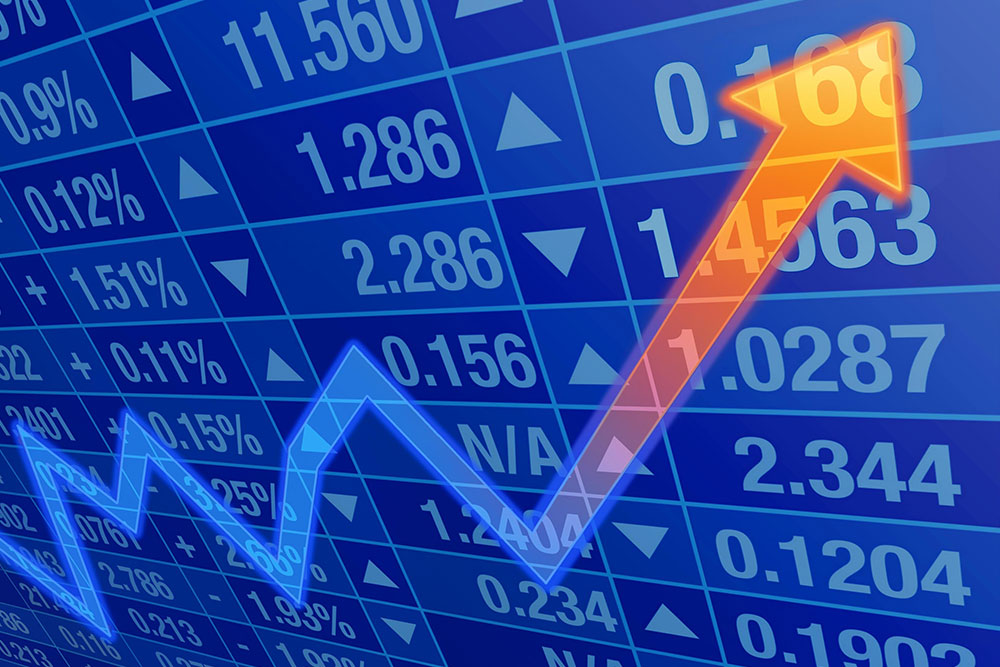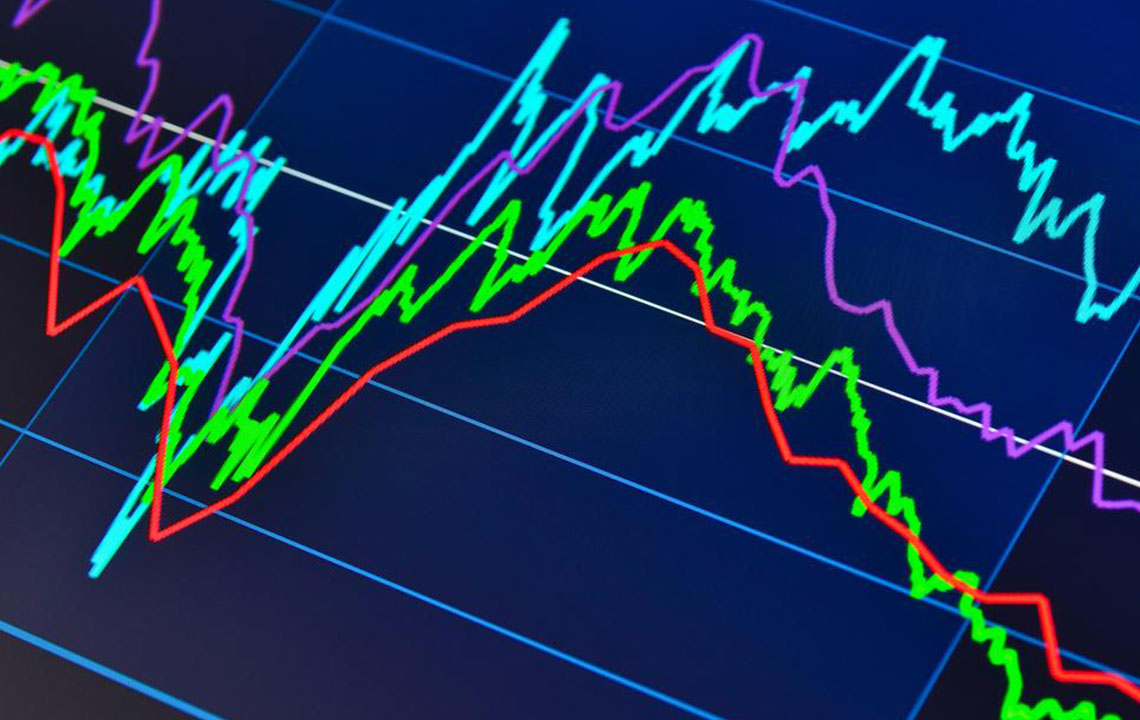Comprehensive Guide to Selecting Reliable High-Yield Dividend Stocks for Steady Investment Income
This comprehensive guide explores how to identify reliable high-yield dividend stocks, focusing on sustainable income and long-term growth. It covers stock types, dividend criteria, assessing financial health, and the benefits of income-focused investing, providing valuable insights for individual investors seeking steady passive income streams and portfolio stability.
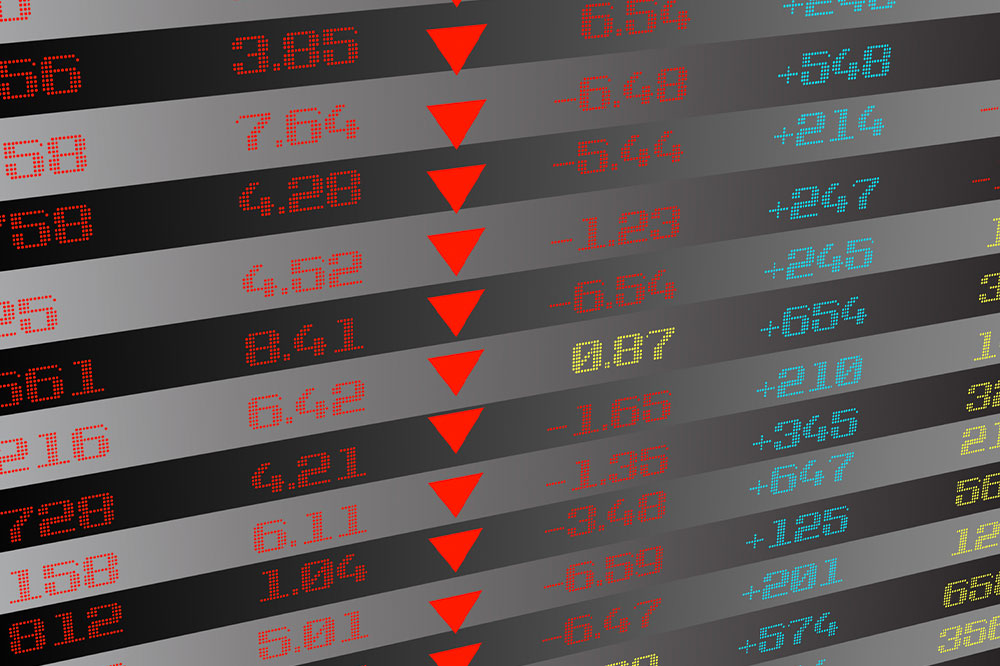
Comprehensive Guide to Selecting Reliable High-Yield Dividend Stocks for Steady Investment Income
Investing in high-dividend stocks is an effective strategy for building a robust income stream, especially useful for retirees and income-focused investors seeking to grow their savings. With countless stocks available across various sectors, knowing how to identify the most dependable high-yield dividend stocks can significantly improve your investment outcomes. This detailed guide aims to help investors understand what characteristics to look for, how to evaluate dividend sustainability, and the benefits of including high-yield stocks in your portfolio. By carefully selecting quality dividend-paying companies, you can generate consistent cash flow and safeguard your financial future.
Understanding Stocks and Their Types
Stocks are securities that represent a share of ownership in a company. When you buy a stock, you essentially buy a piece of that company's equity, making you a partial owner. This ownership entitles you to certain rights, including voting in shareholder meetings and receiving dividends, which are periodic payments made from a company's profits.
There are primarily two types of stocks: common stocks and preferred stocks. Common stocks are the most widely known and traded; they grant voting rights and the chance to benefit from company's growth through price appreciation and dividends. Preferred stocks, on the other hand, do not offer voting rights but provide a higher claim on assets and earnings, especially in terms of dividend payments. Preferred stockholders receive dividends before common stockholders, often at a fixed rate, which makes them particularly attractive for income-focused investors.
Dividends are periodic payments made by companies out of their profits, usually distributed quarterly. The dividend yield reflects the return percentage on your invested capital, computed by dividing the annual dividends paid per share by the stock's current market price. For instance, a stock with a 3% dividend yield pays $3 annually for every $100 invested, offering a tangible income stream.
Most companies that pay dividends are established, financially stable firms with a consistent track record of profitability. These firms generate sufficient earnings and cash flow to reward shareholders regularly, often reflecting their mature status in the industry. Companies with strong balance sheets, low debt levels, and steady earnings growth tend to be more reliable dividend payers, making them ideal for income investors.
How to Identify High Dividend Stocks
Choosing high dividend stocks requires careful analysis to ensure the sustainability of dividend payments and the potential for long-term growth. The first criterion is examining the company's dividend history. Companies with a long-standing record of regular dividend payments demonstrate stability, maturity, and resilience to economic fluctuations.
Financial strength is key. Look for firms with strong earnings, healthy cash flows, and low debt levels, as these factors increase the likelihood of maintaining and growing dividends even during economic downturns. Industry stability also matters; companies operating in less competitive sectors often enjoy higher profit margins, enabling them to return more to shareholders.
Another important aspect is observing dividend growth over time. Rising dividends suggest ongoing profitability and sound management. Conversely, a high dividend yield may sometimes be misleading—it's crucial to analyze whether this yield is sustainable or a result of a declining stock price. A sustainable high yield typically correlates with a reasonable payout ratio, meaning the proportion of earnings paid out as dividends remains manageable.
Evaluating payout ratios is essential; a low payout ratio indicates that the company retains sufficient earnings for reinvestment and future growth, reducing the risk of dividend cuts. Companies with solid earnings growth potential are also attractive, as they can increase dividends over time, offering both income and growth opportunities.
Investors should also consider valuation metrics. Stocks undervalued relative to their peers may present appealing entry points, especially if the company's fundamentals remain strong. Analyzing these factors collectively helps in selecting stocks that offer both attractive yields and sustainable dividend payments.
Assessing dividend sustainability isn't just about the current yield; it's crucial to ensure that the company's cash flow can support dividend payments. Companies with manageable debt levels and robust operational cash flows are more resilient to market fluctuations and economic shocks, making them safer choices for income-oriented portfolios.
The Benefits of Investing in High-Yield Dividend Stocks
Investing in high-dividend stocks offers multiple advantages. The most immediate benefit is the potential for higher returns compared to lower-yield investments. Stocks with dividend yields of 4% or higher provide enhanced income streams, which can be reinvested for compounded growth or used as a supplemental income source, especially beneficial for retirees and those seeking steady cash flows.
Another significant advantage is reduced investment risk. High-yield dividend stocks tend to be more stable because they are often established companies with strong market positions. Their stable business models tend to be less volatile, which reduces the overall risk profile of your investment portfolio.
Furthermore, high-dividend stocks facilitate predictable income, helping investors meet financial obligations without relying solely on capital appreciation. This predictability is especially valuable in volatile markets, providing peace of mind through consistent dividend payments regardless of stock price fluctuations.
To maximize benefits, investors should consider dividend sustainability indicators such as payout ratios and cash flow health. A high yield paired with a low payout ratio indicates room for dividend growth and sustainability, making it a more reliable income source in the long run.
In conclusion, incorporating high-yield dividend stocks into your investment portfolio can promote financial stability, generate reliable income, and offer growth potential over time. As with all investments, due diligence and comprehensive analysis are essential to select the most promising stocks that align with your financial goals and risk tolerance.
